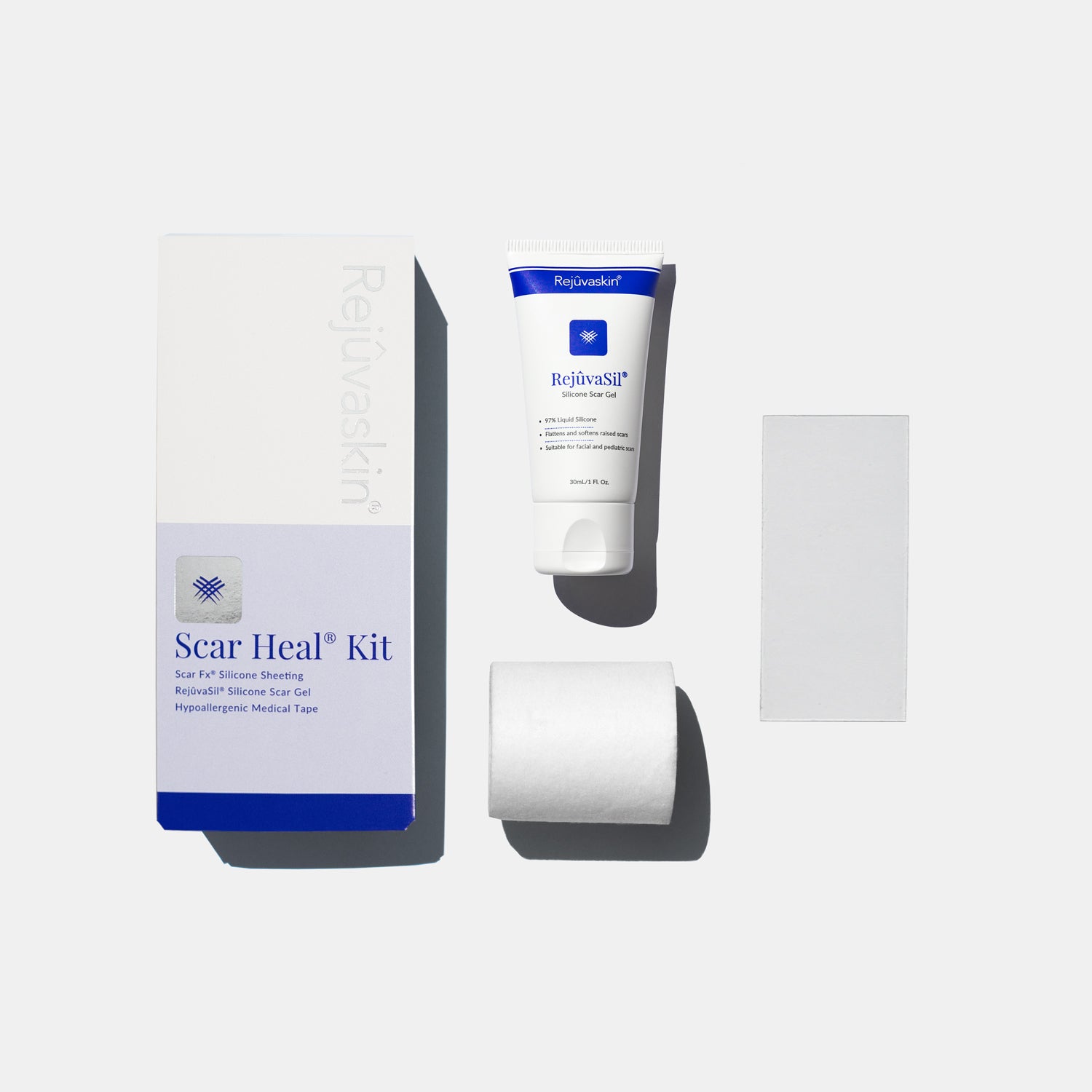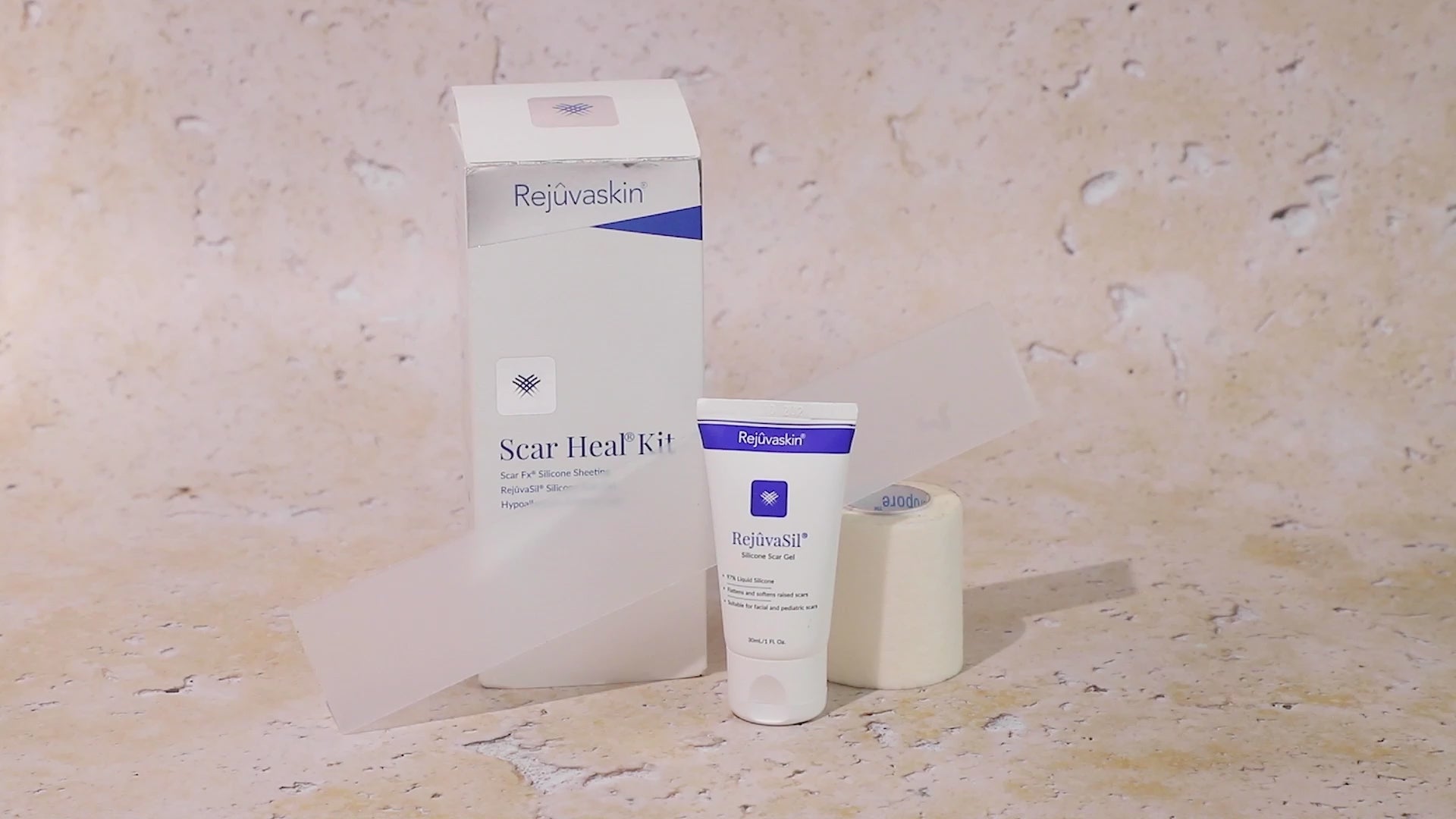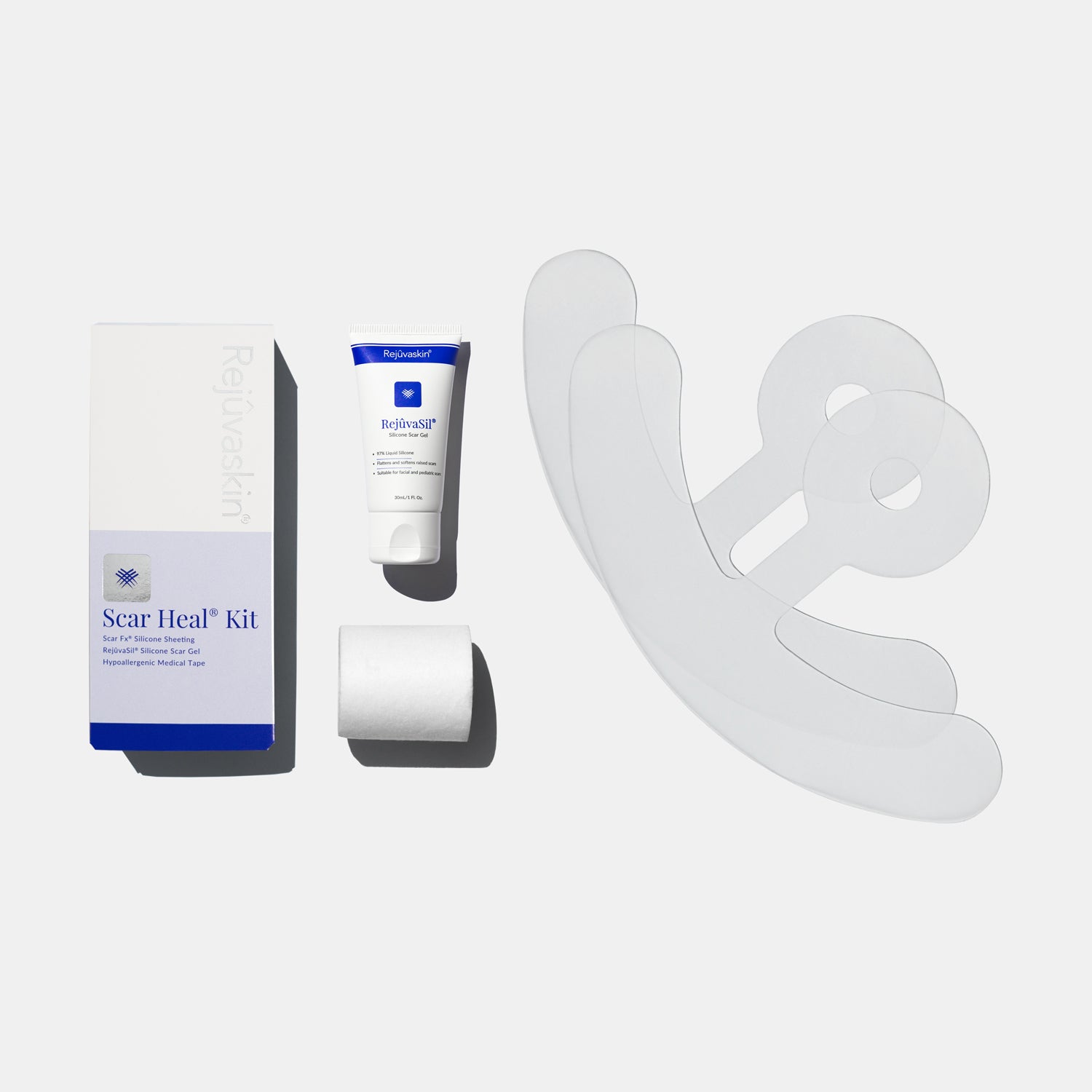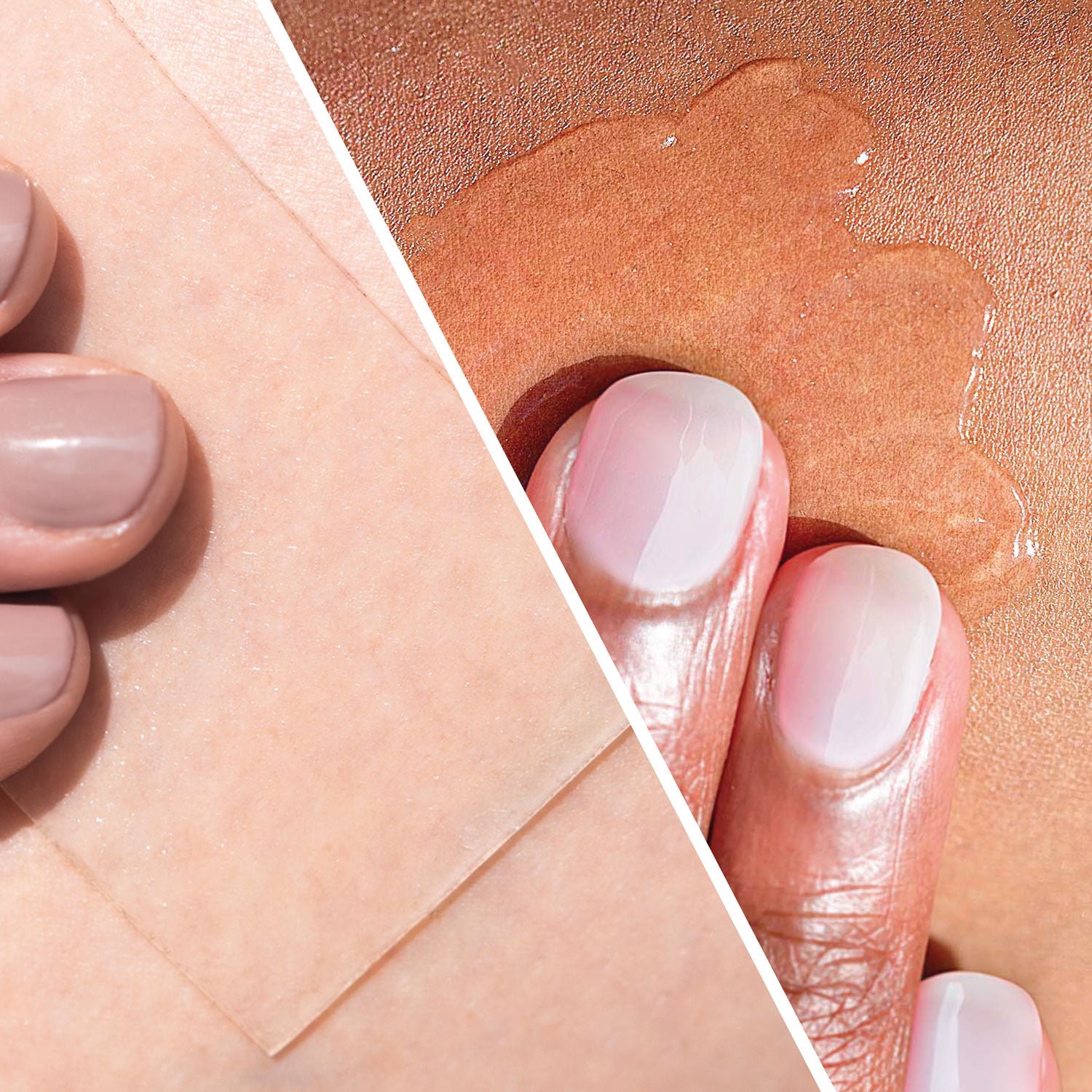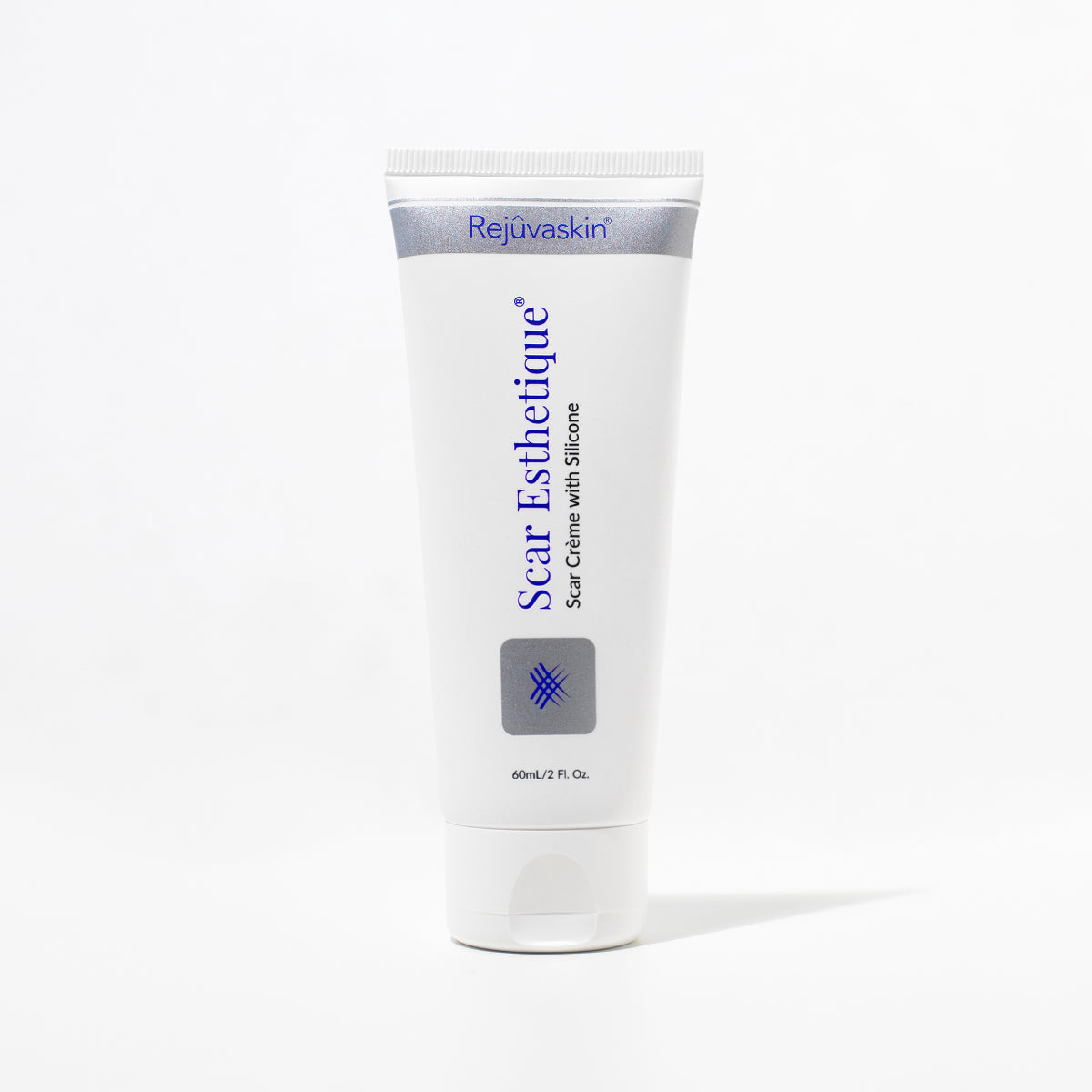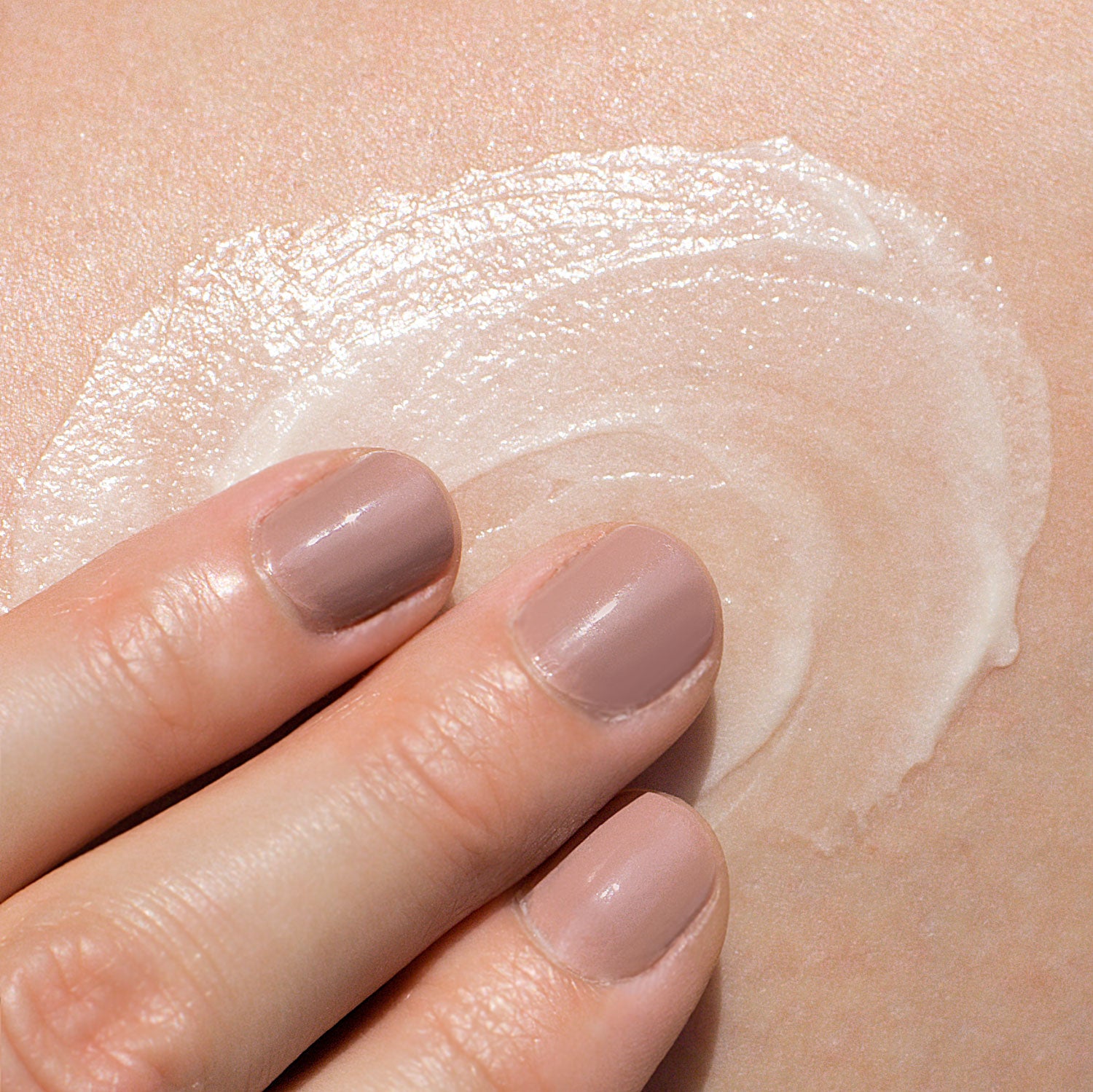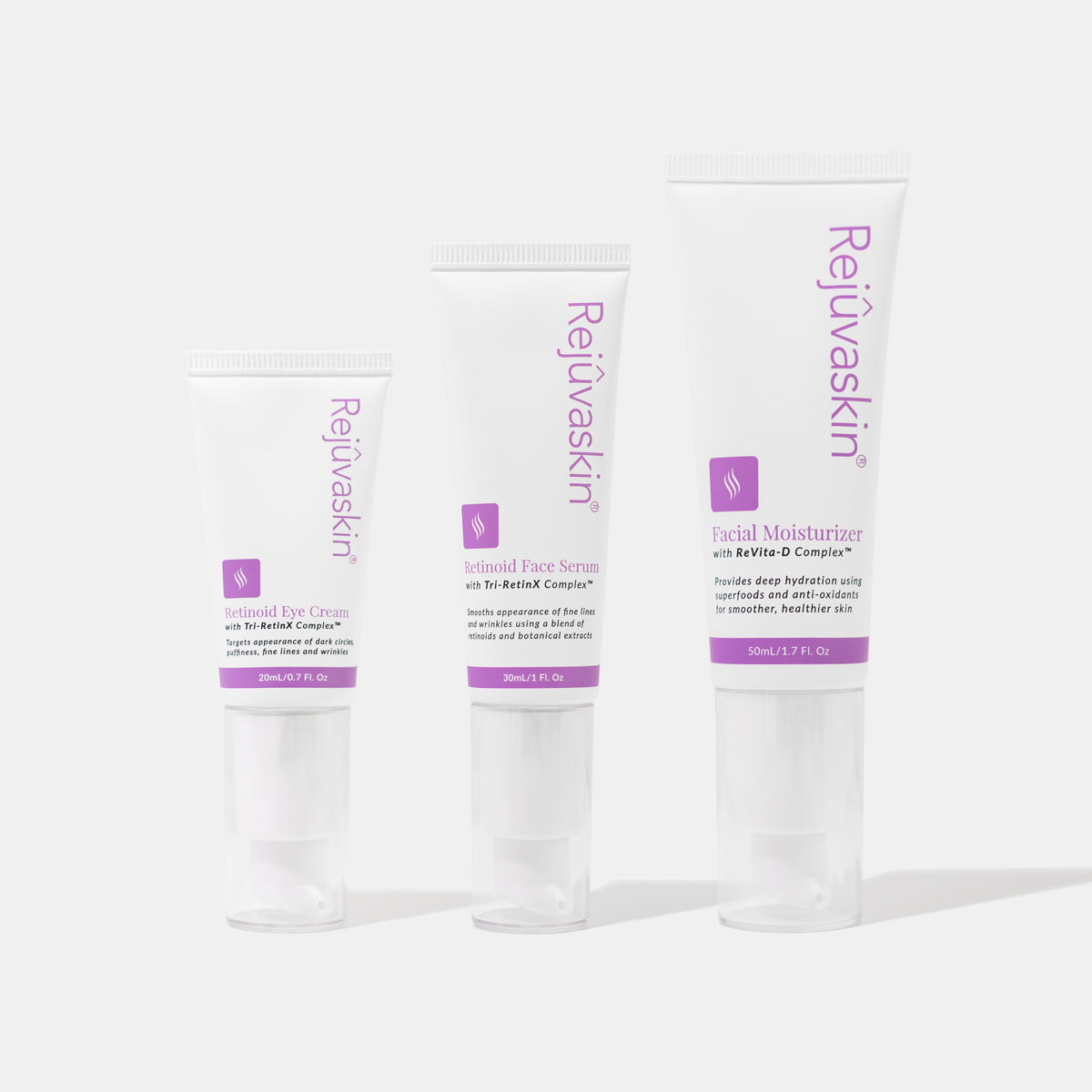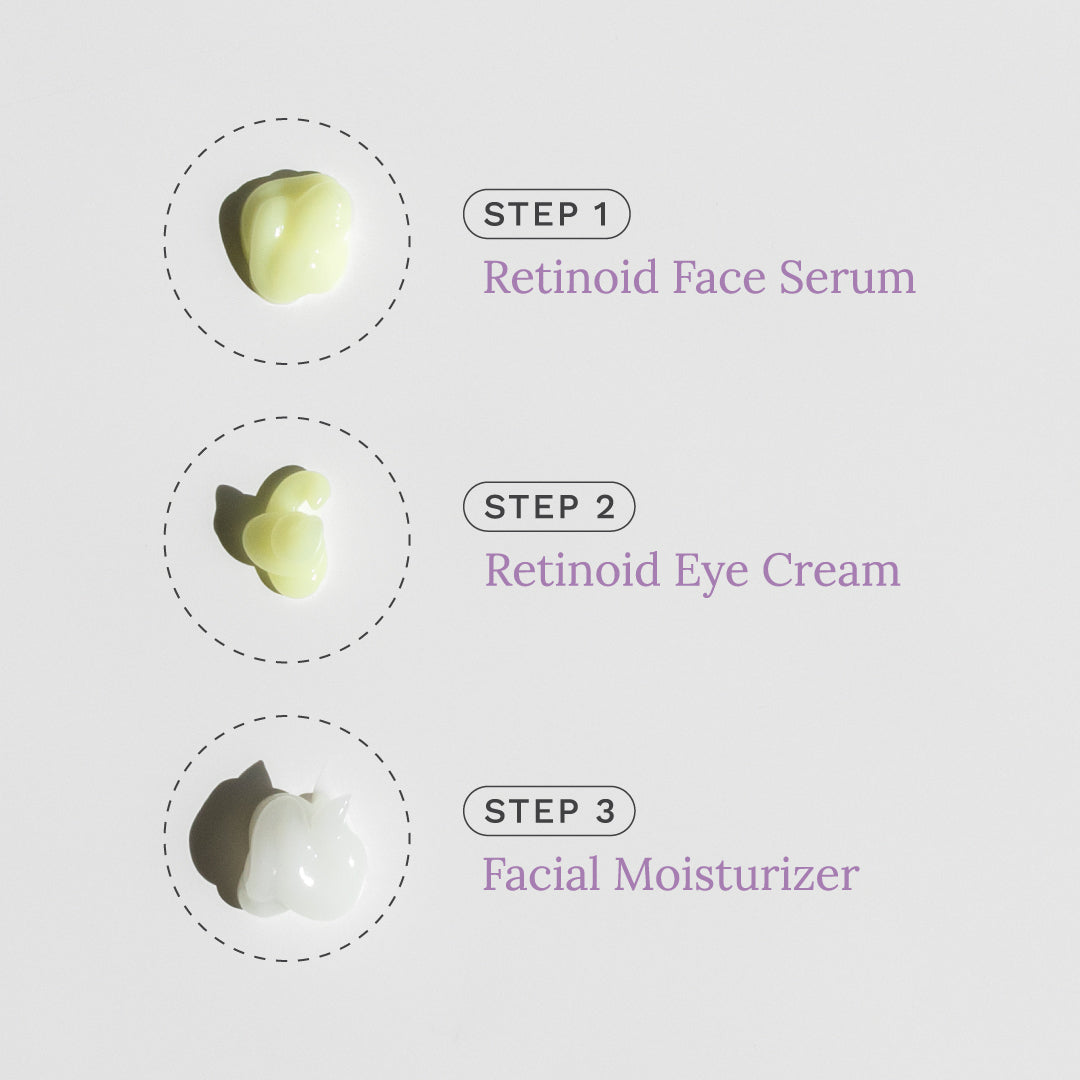Many times, patients with cancer receive multiple types of treatment such as chemotherapy, surgery, or radiation therapy. Almost fifty percent of cancer patients will receive radiation at some point during their treatment. Radiation commonly causes skin conditions that range from mild to severe, called Radiation Dermatitis. Milder symptoms appear similar to a sunburn (erythema) while more severe symptoms cause wet peeling and at times blistering (moist desquamation).
Today’s radiation treatments are highly specific and concentrated. The purpose is to provide disruptive radiation to cancer cells while sparing healthy cells. Unfortunately, some cancers need a broader field of treatment. A larger area of treatment often means more healthy cells are treated alongside cancer cells. This is often the case for breast cancer or head and neck cancer. In addition, the radiation dose is spread out among various days or even months. Often during the latter stages of treatment, the skin has a greater propensity to react to the effects of multiple doses of radiation. Unfortunately, despite the skin discomfort, it is crucial to continue treatments. Here are a few ways to mitigate painful skin reactions:
- Address it Early. The medical literature has shown that preventative steps are key when dealing radiation dermatitis. Many radiation relief creams suggest use starting about two weeks before you begin therapy. This will help fortify your skin for your upcoming treatment.
- Use Scientifically Proven Ingredients. Clinical Oncology research has shown that ingredients such as Calendula, Aloe Vera, and Hyaluronic Acid prevent acute dermatitis associated with radiation dermatitis. These naturally occurring ingredients can help soothe your skin after receiving treatment.
- Avoid Oily and Smelly. Don’t apply lotions that have strong fragrance as they tend to cause nausea to some patients. In addition, petroleum-based ointments tend to stain clothing. Try to find a product you enjoy using. This makes it easier to follow the recommended regimen and gives you the best results. If you don’t like using, you likely won’t use it as directed.
- Talk with your Doctor or Nurse. Remember, it’s important to start early. Check in with your doctor or nurse to see if they have any suggestions for products to help with radiation dermatitis. They can also give recommendations for ways to take care of your skin during treatment. Also, be aware that should more severe reactions become prevalent, your doctor may wish to prescribe topical antibiotics or corticosteroids.
The most important part of treating cancer is showing up for your prescribed radiation treatments. Pain and skin reactions are easily controlled by addressing them before you have a problem and utilizing clinically proven ingredients. Rejuvaskin Skin Recovery Cream has those ingredients as well as other botanicals so that your skin remains healthy while your oncology team focuses on treating your cancer.
